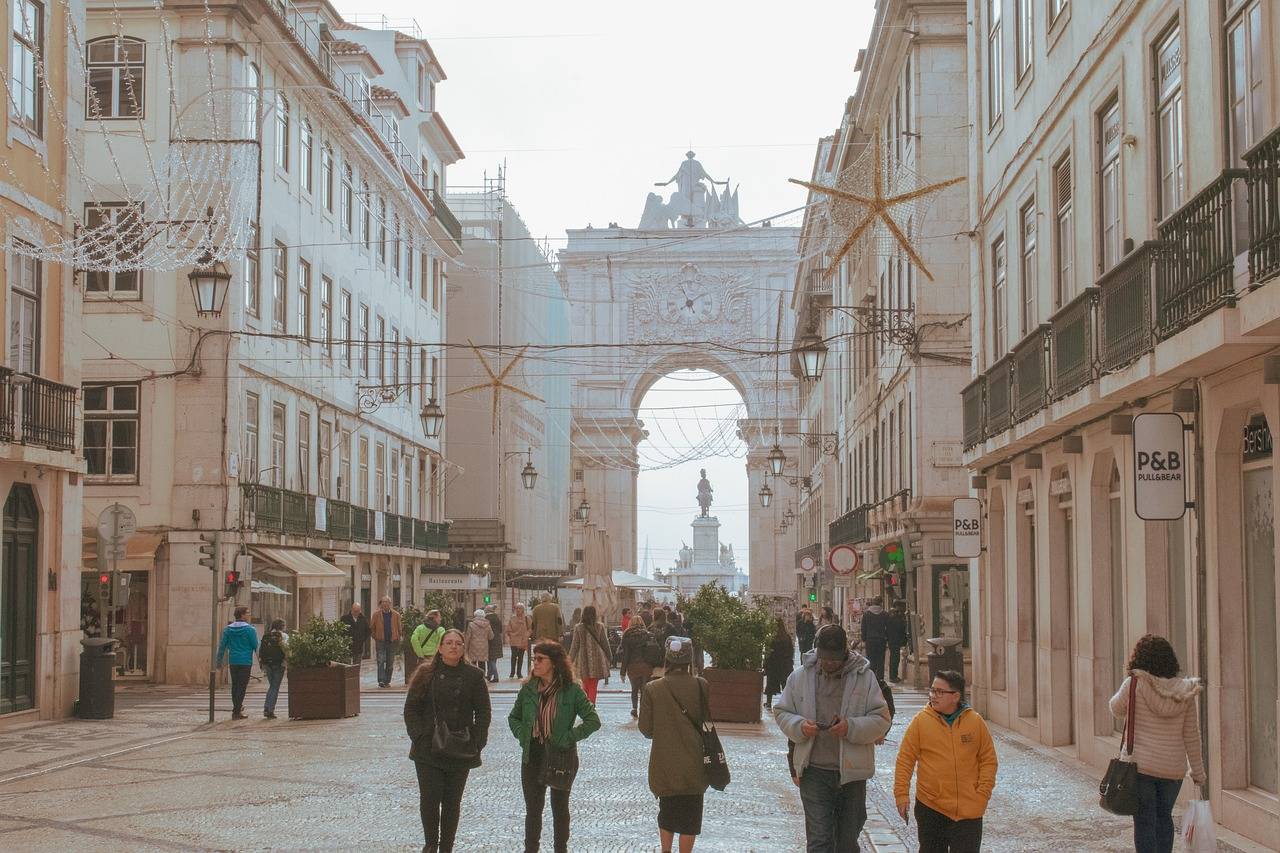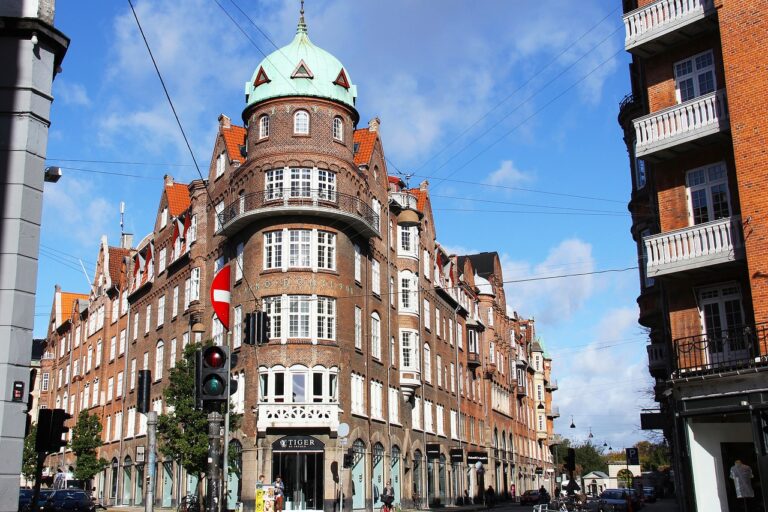The Role of Sustainable Fashion in Post-Disaster Reconstruction
When disasters strike, the aftermath is often devastating, leaving communities in disarray. In such trying times, the focus is primarily on immediate relief efforts and rebuilding infrastructure. However, the fashion industry can also play a crucial role in post-disaster reconstruction by embracing sustainable practices.
The concept of sustainable fashion goes beyond just creating eco-friendly clothing; it encompasses ethical production processes, fair wages for workers, and creating products that have a minimal impact on the environment. By supporting sustainable fashion brands in post-disaster reconstruction, communities can rebuild in a way that not only addresses immediate needs but also ensures long-term environmental and social sustainability.
The Impact of Fast Fashion on Disaster-Stricken Communities
Fast fashion exacerbates the challenges faced by disaster-stricken communities by promoting excessive consumption and creating a cycle of constant demand for new clothing. This pressure to produce large quantities of cheap garments quickly leads to environmental degradation, exploitation of workers, and unsustainable practices within the fashion industry.
Moreover, the disposable nature of fast fashion means that garments are often discarded after only a few wears, further contributing to waste and pollution. In disaster-affected areas, where resources are already strained, the influx of cheap, low-quality clothing from fast fashion brands can hinder local efforts to rebuild sustainable economies and exacerbate social inequalities.
How Sustainable Fashion Can Help Rebuild Local Economies
Sustainable fashion plays a crucial role in the revival of local economies in disaster-affected regions. By encouraging the production and consumption of eco-friendly clothing, communities can create opportunities for economic growth and stability. Through sustainable fashion initiatives, local artisans and craftsmen can showcase their skills and talents, fostering a sense of pride and identity within the community.
Moreover, the promotion of sustainable fashion practices can attract conscious consumers who value ethically made products. This increased demand for sustainable clothing can lead to the establishment of small businesses and cooperatives, creating employment opportunities and stimulating economic development at a grassroots level. By prioritizing sustainability in fashion, communities can not only rebuild their economies but also promote a culture of environmental stewardship and social responsibility.





